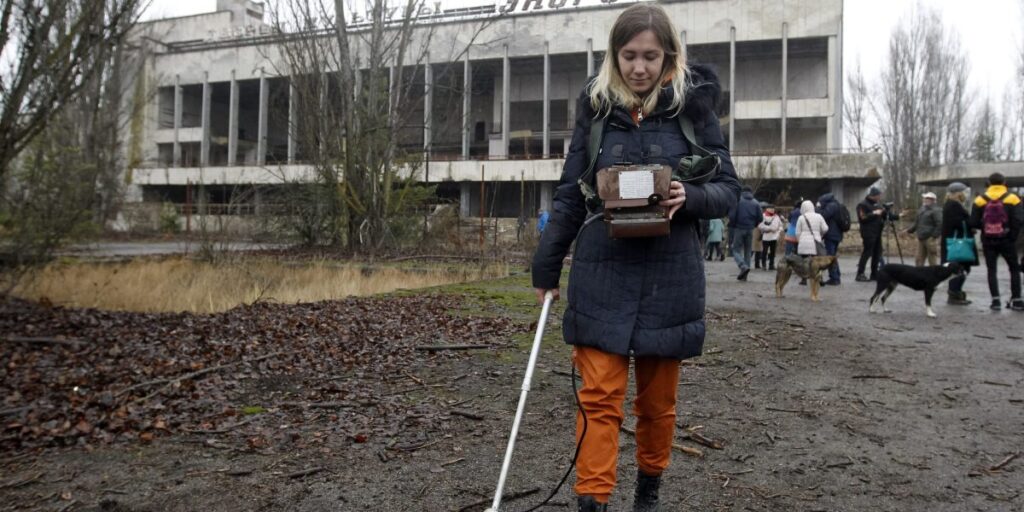
The Chernobyl zone in northern Ukraine was filled with deadly radiation after the 1986 nuclear disaster, but new research shows microscopic worms at the site appear to be unaffected by the environment. the future of cancer research.
V studyResearchers at New York University have found that nearly 40 years after the Chernobyl disaster, tiny worms called nematodes collected from the disaster site showed no noticeable changes in their genetics.
Through a series of tests, the researchers also found that Chernobyl worms were no more or less resistant to radiation than other non-Chernobyl worms of the same species, according to lead researcher and NYU postdoc Sofia Tintori.
Tintori warned that the type of tiny nematodes collected at the site (scientific name Oscheius Tipulae) are quite resistant to changes in environmental factors. However, by studying the range of worms’ resistance to DNA damage, researchers can begin to understand why they differ and then adapt these studies in the future to help with human cancer research. Long-term exposure to even low levels of radiation may increase the risk of cancer in humans, according to the Environmental Protection Agency.
“We can better understand who is at higher risk for developing certain types of cancer or who may respond differently to chemotherapy, and just better understand how that type of risk works in a population,” Tintori said. Luck.
The NYU findings are also important because researchers are still working to understand the full impact of the Chernobyl disaster. Although scientists have conducted previous studies examining dogs, birdsAnd frogs These findings, obtained in the vicinity of Chernobyl, still do not give us a complete picture of the fallout, partly due to biological differences between animals.
The worms are especially useful for understanding the effects of the Chernobyl disaster because they reproduce quickly, making it easier for researchers to test hypotheses, as they did to test resistance to DNA damage, over several generations. Because the worms, which number in the millions, are essentially stuck in the conditions in which they were collected thanks to cryopreservation, researchers can use them for testing for decades without worry, Tintori says.
“Now we can ask: what is the difference between these worms? What are the specific genetic differences that allow one to be more tolerant than another, and what are the differences in the biology of these animals?” – said Tintori.
To obtain the samples, Tintori and her research team traveled to Ukraine and occasionally donned PPE while collecting samples of decaying fruit and other rotting organic material from high and low radioactivity sites around Chernobyl.
Later in the lab, the researchers placed the samples on a piece of tissue paper in a closed funnel filled with a small amount of water. Overnight, the worms in the samples sank to the bottom and collected in the water.
To avoid the worst effects of high radiation, researchers had to act quickly to collect samples. Because radiation can damage cells without being visible to the naked eye, Tintori said she was on edge at times.
“You can tell the radiation levels, but you can’t tell what DNA in your body is damaged,” she said.


